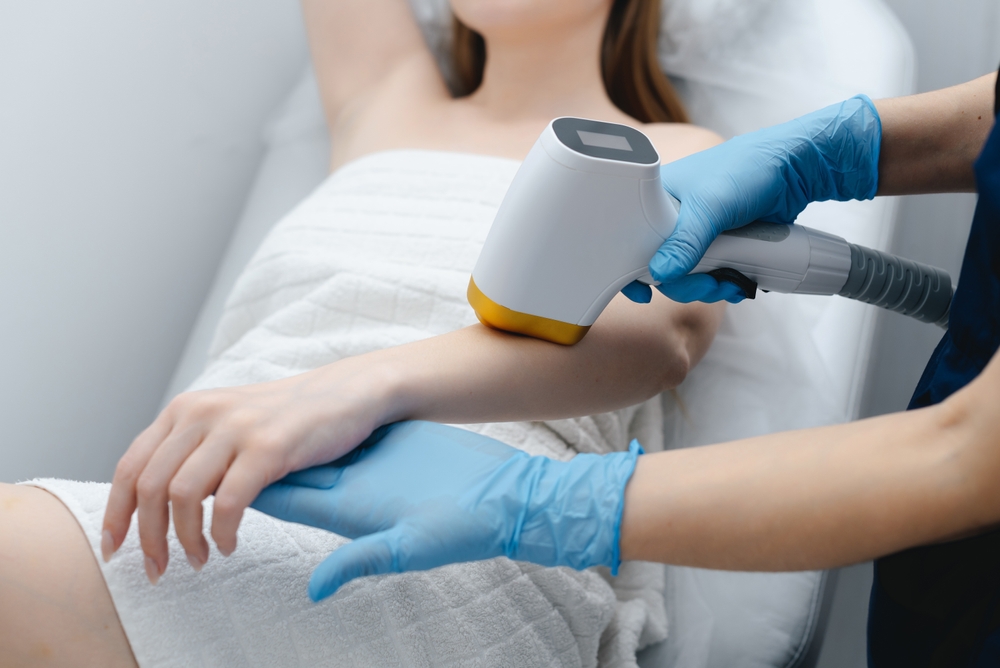At-Home Care and Clinical Options for Scar Management
Scars result from the body’s natural repair process after injury, surgery, or skin conditions. This article outlines practical at-home woundcare and aftercare steps, explains topical and silicone options, and describes clinical treatments such as laser and microneedling to help manage texture and pigmentation.

Scarring is a common outcome of skin injury, ranging from fine lines after minor abrasions to raised keloid and hypertrophic scars following deeper trauma or incision. Effective scar management combines consistent at-home care with targeted clinical interventions when necessary. Understanding how woundcare, suitable topicals, and medical procedures interact can help set realistic expectations for healing and recovery while addressing texture and pigmentation concerns.
This article is for informational purposes only and should not be considered medical advice. Please consult a qualified healthcare professional for personalized guidance and treatment.
How can at-home woundcare and aftercare support healing?
Proper woundcare and aftercare in the immediate period after an injury or surgery reduces the risk of infection and lays the foundation for cleaner, flatter scars. Key steps include gentle cleansing with mild soap and water, keeping the area moist with an appropriate ointment as advised by a clinician, and protecting the site from sun exposure. Dressings can be used to shield incisions during the early healing phase; replacing bandages according to instructions prevents maceration and contamination.
Consistent care in the first weeks supports orderly collagen deposition, reducing the chance of wide or irregular scars. Monitoring for signs of infection or abnormal changes—such as increasing redness, warmth, or drainage—should prompt contact with a healthcare provider.
When should silicone and topicals be used for scars?
Silicone sheets or gels are widely recommended for reducing the appearance of scars, particularly for hypertrophic and some keloid scars. Silicone helps maintain a hydrated environment over the scar, which can soften tissue and improve elasticity over weeks to months. Topicals that include moisturizers, peptide-rich formulations, or products with niacinamide and vitamin C can help address texture and pigmentation when used consistently.
Topicals are generally most effective on maturing scars rather than on fresh open wounds. Follow product instructions and check with a dermatologist for formulations appropriate for sensitive or reactive skin. Sunscreen is also vital because UV exposure can darken scars and prolong visible pigmentation.
What clinical options use laser and microneedling?
Clinical treatments such as resurfacing lasers and microneedling target scar texture and pigmentation by stimulating controlled remodeling of the skin. Fractional lasers create microthermal zones to encourage new collagen synthesis and can reduce uneven texture and pigmentation over a series of sessions. Microneedling creates tiny channels that promote collagen production and improve scar depth and pliability; it is often combined with topical agents to enhance absorption.
These procedures vary in downtime and suitability: ablative lasers typically require longer recovery, whereas non-ablative lasers and microneedling have shorter aftercare needs but may need multiple sessions. A dermatology or plastic surgery clinic can advise on the most appropriate modality based on scar type and skin tone.
How are keloid, hypertrophic, and incision scars treated?
Keloid and hypertrophic scars are raised scars resulting from excessive collagen formation. First-line treatments often include intralesional steroid injections to reduce inflammation and size, silicone therapy for pressure and hydration, and careful use of compression garments for certain body areas. Surgical revision may be considered for problematic incision scars, but in keloid-prone individuals, excision is usually paired with adjunctive therapy such as radiation or steroid injections to reduce recurrence.
Management strategies are individualized; a dermatologist or specialized woundcare team will assess factors such as scar age, growth behavior, and patient history to recommend a tailored plan that balances risk and potential benefits.
How can texture, pigmentation, and long-term recovery be addressed?
Improving texture and pigmentation is typically a gradual process. Combination approaches—such as topical pigmentation agents, sunscreen, laser therapy, and microneedling—can yield better outcomes than any single method. Patience is important: visible improvements may take months, and maintenance treatments or ongoing sun protection are often required to preserve results.
Lifestyle factors like smoking cessation, good nutrition, and avoiding traumatic manipulation of the scar also support optimal recovery. Regular follow-up with dermatology can track progress and adjust therapies if pigmentation persists or texture abnormalities remain.
Conclusion
Scar management blends practical at-home measures with targeted clinical care. Early woundcare and appropriate aftercare set the stage for healthier healing, while silicone, topical regimens, and medical procedures such as laser, microneedling, or injections offer options for improving texture and pigmentation over time. Decisions about treatments should consider scar type—keloid, hypertrophic, or incision-related—skin tone, and individual recovery goals, guided by a qualified dermatology or woundcare professional.






